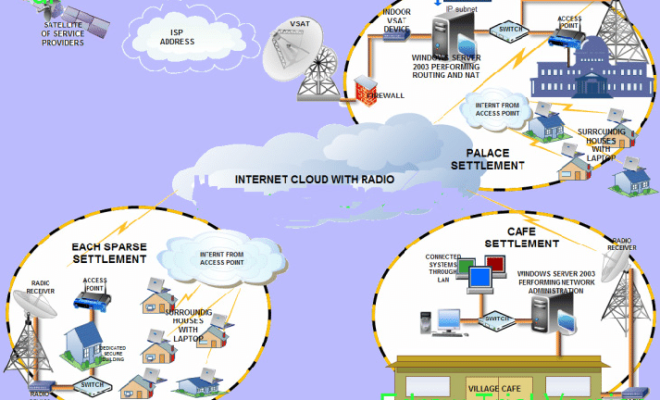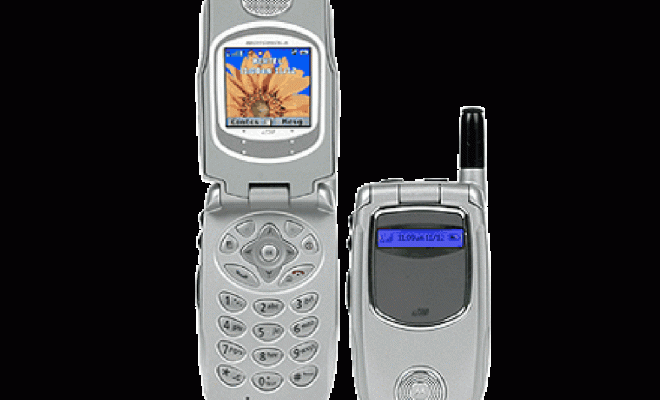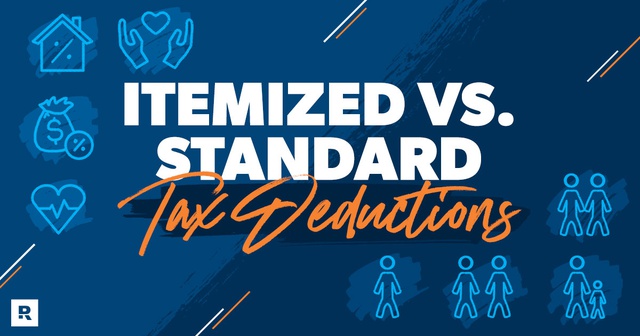Exploring the Connectivity Options in Rural Areas – The Prominence of Internet in 1269

Introduction:
In rural communities, access to a reliable internet connection can be quite challenging as standard broadband options are often not available. Nevertheless, there are still some effective alternatives for rural connectivity. In this article, we will explore different internet options that may be suitable for people situated in remote areas like zip code 1269.
Satellite Internet Services:
One of the primary options for people living in areas with limited ground infrastructure is satellite internet. Providers such as HughesNet and Viasat offer a range of plans to cater to various needs and budgets. While this option might not be as fast or affordable as traditional broadband, high latency can be expected while using satellite internet for some applications like online gaming and video conferencing, which may not work smoothly. However, it is an excellent choice for basic web browsing, email, and streaming needs.
Fixed Wireless Internet:
An alternative to satellite-based internet services is fixed wireless internet. Providers like AT&T and T-Mobile utilize wireless signals sent from a local tower to deliver internet connection to your home. This option provides lower latency than satellite services and is suitable for activities like streaming, basic gaming, and browsing. Fixed wireless coverage may vary depending on the region but generally offers decent speeds at competitive prices.
Mobile Hotspots:
Making use of a mobile hotspot from cellular providers such as Verizon and T-Mobile can also provide rural internet access. These portable devices connect you to the provider’s cellular network, enabling you to access the internet through a Wi-Fi-enabled device such as a laptop or tablet. While speeds will depend on the strength of the cellular signal in your area, it can be an appropriate choice for customers who need connectivity on-the-go.
DSL Broadband Internet:
Although typically associated with urban areas, some rural communities connected via telephone lines may have DSL broadband options available through providers such as CenturyLink and Frontier. DSL has lower latency than satellite and can deliver adequate speeds for general browsing, email, and basic streaming.
Conclusion:
Accessing the internet in rural regions like 1269 can be challenging but not impossible. A comprehensive understanding of the available options such as satellite internet, fixed wireless, mobile hotspots, and DSL broadband will enable residents to choose the best solution based on their specific needs, location, and budget. By leveraging these alternatives, rural communities can stay connected with the digital world.






